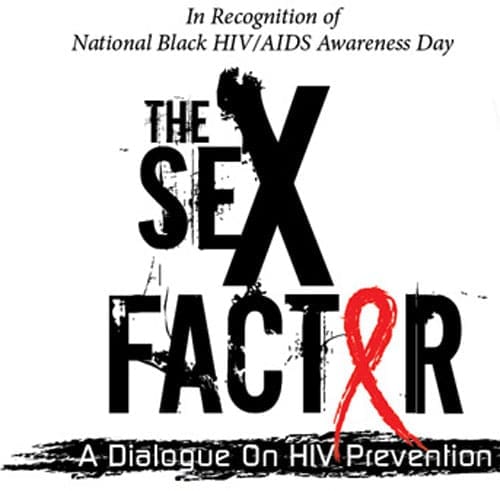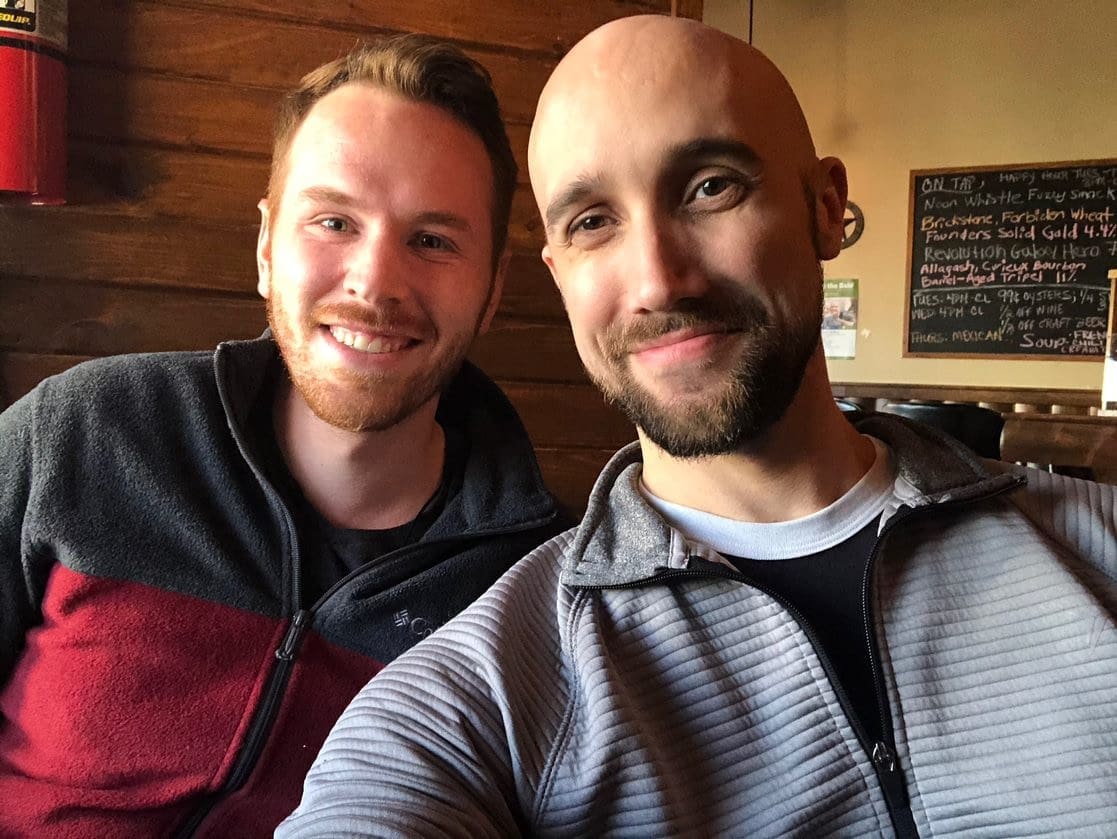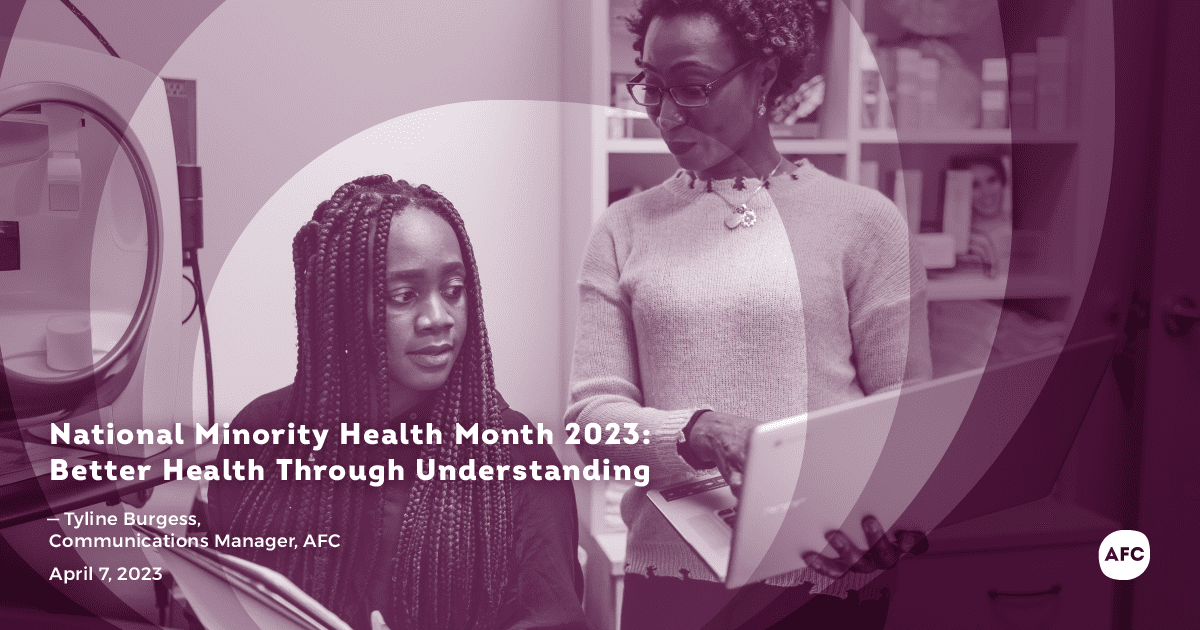
Tomorrow, a Chicago panel of experts will honor National Black HIV/AIDS Awareness Day by tackling a difficult topic: the increasing incidence of HIV among aging baby boomers.
Why is this happening? What can be done about it?
The “seX Factor” panel will address those questions and more tomorrow on National Black HIV/AIDS Awareness Day. The AIDS Foundation of Chicago is partnering with the South Side Help Center and Brothers Health Collective to facilitate the discussion at WVON’s studio from 3-5 p.m. Those interested are encouraged to join the discussion live in WVON’s Legacy Room, tune in to WVON 1690 AM or listen online to the livestreaming broadcast at southsidehelp.org or wvon.com .
Pamela Tassin of the South Side Help Center took the time to answer some questions about tomorrow’s panel and why it’s important. Below is an edited transcript of that exchange.
Inside Story: What’s the idea behind this particular panel discussion on HIV among older African-Americans?
Pamela Tassin: South Side Help Center seeks to identify trends in the HIV/AIDS epidemic, particularly in African-American communities.
Early last year, our Executive Director Vanessa Smith identified a need for our agency to review data on HIV among older adults and to consider focusing on this population during our 2012 webcast and other programs.Our internal planning team found that given the increasing incidence of HIV among people 50 and older, we decided that this would in fact be the year to shed light on HIV prevention, care and treatment for this often ignored risk group.
IS: Could you please give me some background on this discussion series? Will there be more panels in the future?
PT: This will be South Side Help Center’s 12th year recognizing National Black HIV/AIDS Awareness Day (NBHAAD) and our third year hosting a national NBHAAD webcast. In 2010 we broadcast from our agency’s office in Beverly during our grand opening and ribbon cutting for our new Capacity Building Unit and program, Building and Nurturing Communities of Color (BANCC) at 9415 S. Western Avenue.
In 2011 we partnered with AIDS Foundation of Chicago, Chicago State University, Brothers Health Collective, and Chicago Black Gay Men’s Caucus. We introduced “The seX Factor: a Dialogue on HIV Prevention” and focused on HIV and young gay African-American men. Our keynote address was given by Dr. Grady Garner and was again followed by a moderated group of panelists.
This year, we are excited to host “The seX Factor” at WVON. Our featured keynote speakers are Oluwatoyin (Toyin) Adeyemi, MD, and Maryanne Williams, PsyD. We will continue to develop programs in the future from The seX Factor series.
IS: Why the panel on aging and HIV on this particular day — African-American HIV Awareness Day?
PT: NBHAAD is a day when the President’s Office of National AIDS Policy, Centers for Disease Control and Prevention (CDC), departments of health, public health professionals, people impacted and affected by this disease and others pause to acknowledge the ongoing and disparate rates of HIV in Black/African-American populations.
Every year, throughout this week, organizations host diverse NBHAAD events and activities at the local, state and national levels. This year’s NBHAAD theme is “Changing the Course of HIV/AIDS, 1 Black Life at a Time.”
So it is our goal to bring attention to this epidemic and its impact on older adults, and to look at the aging of this disease.
IS: How much of a concern is the “graying of AIDS,” that there are more and more older people with HIV? Is this being overlooked?
PT: In this epidemic, we expected that because of HIV testing and medications that there would be increased numbers of people living with HIV/AIDS over the age of 50. The concern we have is that there are many people in this age group who may not be getting tested and so do not know their HIV status, and in turn, are not receiving care and treatment and preventing transmission.
In addition, as we age, health and wellness become more of an issue. Older African Americans are already faced with high rates of heart disease, diabetes and cancer. HIV is likely being overlooked because older adults are not typically seen as being at risk by clinicians, health workers/educators and family members.
We overlook older people when it comes to talking about sexual activity and substance use/abuse. There exists some stigma around our elders being at risk and we must stop overlooking them.



